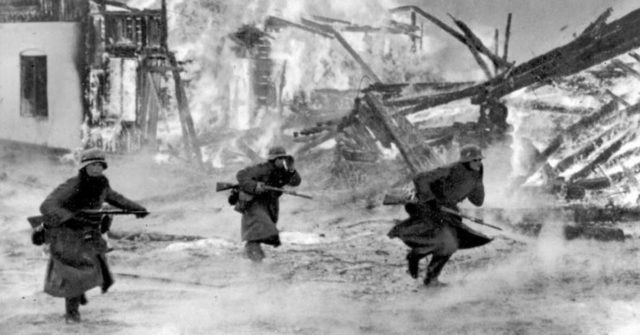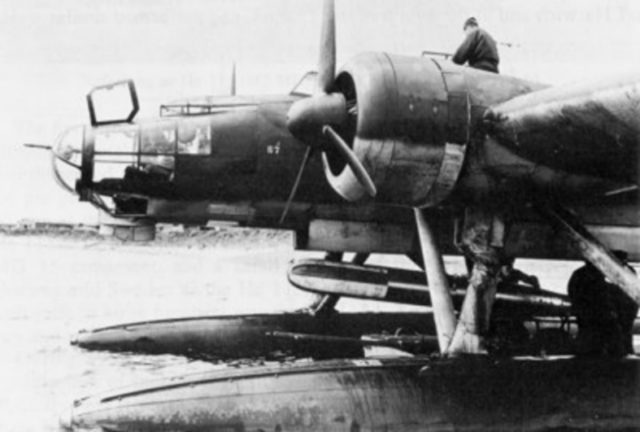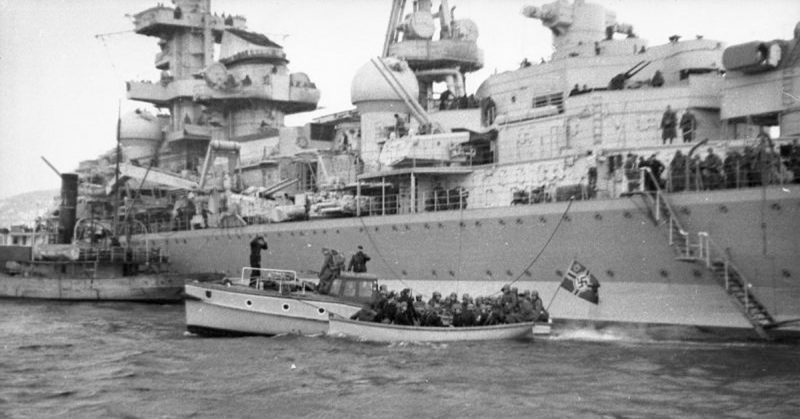At the start of the Second World War, thousands of reservists were called up to serve in the armed forces of Britain and other European nations. One of the most remarkable was Richard Stannard.
A Nautical Family
Stannard was born in 1902 to a nautical family. His father was a Northumbrian master mariner who died at sea when Richard was ten years old.
Along with his brothers, Stannard attended a school for the sons of sailors lost at sea. In 1918, he followed his father’s example and joined the Merchant Navy. Starting out as a cadet, he was a second officer by 1928. In 1929, he joined the Royal Naval Reserve, in which he became a lieutenant in 1937.
The Norway Campaign of 1940
In April 1940, Nazi Germany invaded Norway. The aim of the campaign was to secure strategic sea routes as well as naval and air bases from which to launch attacks in the Atlantic Ocean.
It was a swift and effective campaign. The Norwegian army was quickly overwhelmed. Allied forces, mostly British and French, were sent to support them.
The Allied intervention had not been well organized. The troops lacked air support and were severely outnumbered by the German troops. The British Royal Navy, so effective on the high seas, was stretched too thin by commitments elsewhere and vulnerable to attacks from ground-based aircraft to help.

Evacuation
Within weeks, the decision was made to evacuate from a bridgehead established at Namsos. It was the end of this short and fruitless campaign.
On April 28, trawlers from the 15th Anti-Submarine Strike Force were sent to take part in what became the evacuation of Namsos. Among them was HMS Arab, captained by Stannard.
Namsen Fjord
In the early hours of the 28th, the Arab made her way into Namsen Fjord, from which troops and supplies were transported to and from Namsos. Her crew set to work carrying supplies between ships and soldiers, only to be interrupted by the first of many air raids they would experience.
A bomb started a fire at an ammunition store on the pier. Under Stannard’s command, the Arab’s crew risked their lives by staying close to the munitions, trying to put out the flames with their hoses as there was no on-shore water supply. Then they helped a French ammunition vessel to get clear.
Attacks from Above and Below
The Arab spent the night transferring French soldiers onto their transport ship for evacuation. She then put out to sea, to undertake anti-submarine patrols.
Outside the Fjord, there were threats from both above and below the water. While constantly watching out for submarines, the Arab suffered attacks from enemy dive-bombers. The 29th was spent hunting submarines and providing anti-aircraft cover for other ships. The crew barely had a moment’s rest.
Stannard improvised tactics to deal with the threats. The Arab was slow moving, but even so, zig-zagging across the water helped to keep her from getting hit.
Taking Position
On the 30th, as the air attacks continued, Stannard took the initiative. Using French supplies that had not been offloaded, as well as crewmen from two damaged ships, he set up an anti-aircraft post on the cliffs above Kroken Bay. Landing guns, men, blankets, and food, he created a safe camp for his crew and provided cover for defending the other ships, making things difficult for the Luftwaffe.
The Aston Villa
Several other anti-submarine trawlers had been damaged. The Aston Villa, lying near the Arab, was in flames. The fire threatened to ignite her ammunition stores at any moment.
The Arab was at risk and Stannard requested permission to go on board and cut her free. His request was denied as it was considered too dangerous. Ignoring the order, he took another officer with him, cut the lines and moved the Arab. They had gone 100 yards when the Aston Villa exploded.
They had saved the Arab, ensuring transport for the beleaguered soldiers.
Leaving the Fjord
By May 2, the time had come to abandon Namsos. Stannard transferred his injured and the crew of the lost vessels to a larger ship. Then he headed west out of the harbor.
At this point, the Arab came under direct attack from a Heinkel 115 seaplane. Stannard played for time over the radio while the Heinkel circled closer. Then his crew opened fire, shooting down the plane.

So Much Endured
As she headed out to sea, the men on board Arab must have been immensely relieved to leave Norway behind. Over four days they had suffered 31 attacks from the air, 24 by dive-bombers and 7 from a higher altitude. Men had been injured and the ship had been damaged.
Thanks to Stannard, the ship was still intact and able to extract not only her own crew but those of other ships sunk in the evacuation.
Ongoing Service
Stannard continued to serve throughout the war. He was in the English Channel during the evacuation from Dunkirk, an operation he considered easy compared with Namsos. By 1943, he was the captain of the HMS Vimy, a destroyer which played an important part in hunting down a new German submarine on its first patrol. In late 1944, he was among the destroyers protecting convoys to Russia.
The VC
In September 1940, Stannard was awarded the Victoria Cross, the highest British military honor, for his service in the evacuation of Norway. In 1942, he was awarded the Norwegian War Cross by the King of Norway for the same heroic actions. He received the Distinguished Service Order for his work on the Vimy and was mentioned in despatches for service with the Russian convoys.
For Stannard, as for many British servicemen, Norway was just the start of a long and grueling war. It also set a precedent for heroism.
Source:
Gordon Brown (2008), Wartime Courage.
